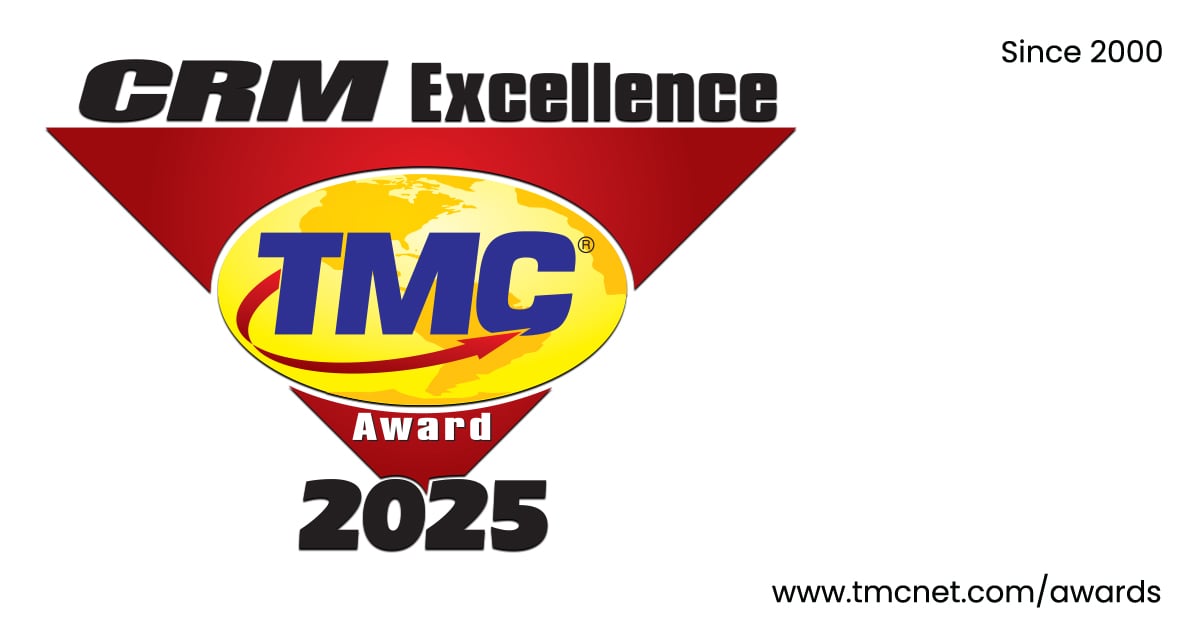
As businesses adapt to the new normal, remote work has become a permanent fixture in many industries. This transition has significantly impacted customer service teams, pushing companies to manage support staff scattered across different locations. While remote customer service offers flexibility, the challenges it brings in maintaining high standards of customer care are urgent and need to be addressed. This post explores these challenges and offers solutions to ensure remote teams consistently deliver exceptional service.
Communication Breakdowns
One of the primary challenges of managing remote customer service teams is maintaining clear and consistent communication. Unlike a centralized office where team members can easily collaborate or ask questions, remote workers rely on digital tools to stay connected. Miscommunication can lead to service delays, errors, and frustrated customers.
Implementing a robust communication strategy is the key to overcoming communication issues. Tools like Slack and Zoom can help to bridge the communication gap by enabling real-time chats, video calls, and collaboration. Encourage regular check-ins, team meetings, and open communication channels to keep everyone on the same page. By creating a virtual office environment, teams can address customer queries faster and more efficiently.
Monitoring Performance
Tracking the performance of customer service agents becomes more complex in a remote setup. Without in-person supervision, it can be difficult for managers to ensure employees adhere to company standards, meet deadlines, and handle customer concerns properly.
Utilizing performance-tracking tools is essential for remote teams. Open Time Clock, for instance, allows businesses to monitor employee hours and productivity effectively. Additional CRM software and customer support ticketing systems provide insights into how quickly and efficiently customer issues are resolved.
Implementing key performance indicators (KPIs) specific to customer service, such as first response time, customer satisfaction scores, and resolution time, can also help ensure employees perform at their best.
Maintaining Employee Engagement
Remote work can often lead to feelings of isolation, affecting employee engagement. When customer service agents feel disconnected from their team or the company’s mission, their morale and performance may suffer, leading to subpar customer interactions.
Fostering a strong team culture remotely is possible with intentional effort. Virtual team-building activities, such as online games or brainstorming sessions, can help maintain a sense of togetherness.
Regular feedback, recognition programs, and opportunities for skill development keep employees motivated and engaged. It’s also important to create opportunities for employees to share their challenges, concerns, and ideas to foster a supportive work environment.
Inconsistent Customer Experience
When customer service teams are remote, inconsistencies in service can arise, as agents may not follow the same protocols or provide uniform responses to customer issues. Standardization is key to delivering consistent customer experiences. Providing remote workers with detailed training, clear guidelines, and access to a knowledge base can help them adhere to company policies and standards. Use scripting for common queries while allowing flexibility areas for improvement and ensuring high standards are met.
Endnote
Managing remote customer service teams comes with unique challenges, but with the right strategies, businesses can maintain high standards and ensure customer satisfaction. Companies can build remote teams as effective as one in the office by improving communication and monitoring performance using software, engaging employees, and standardizing customer interactions. Embracing these solutions will allow businesses to thrive in the remote era without compromising customer care.





